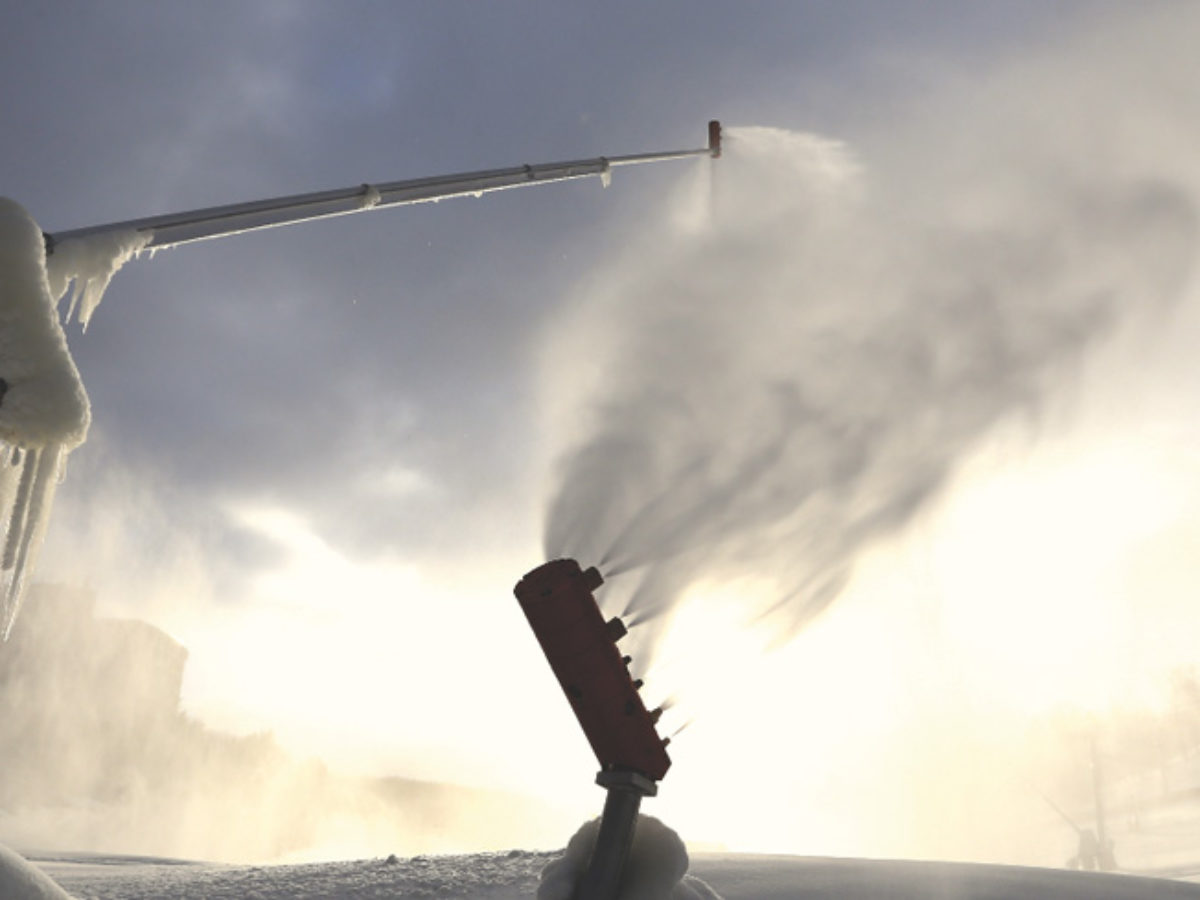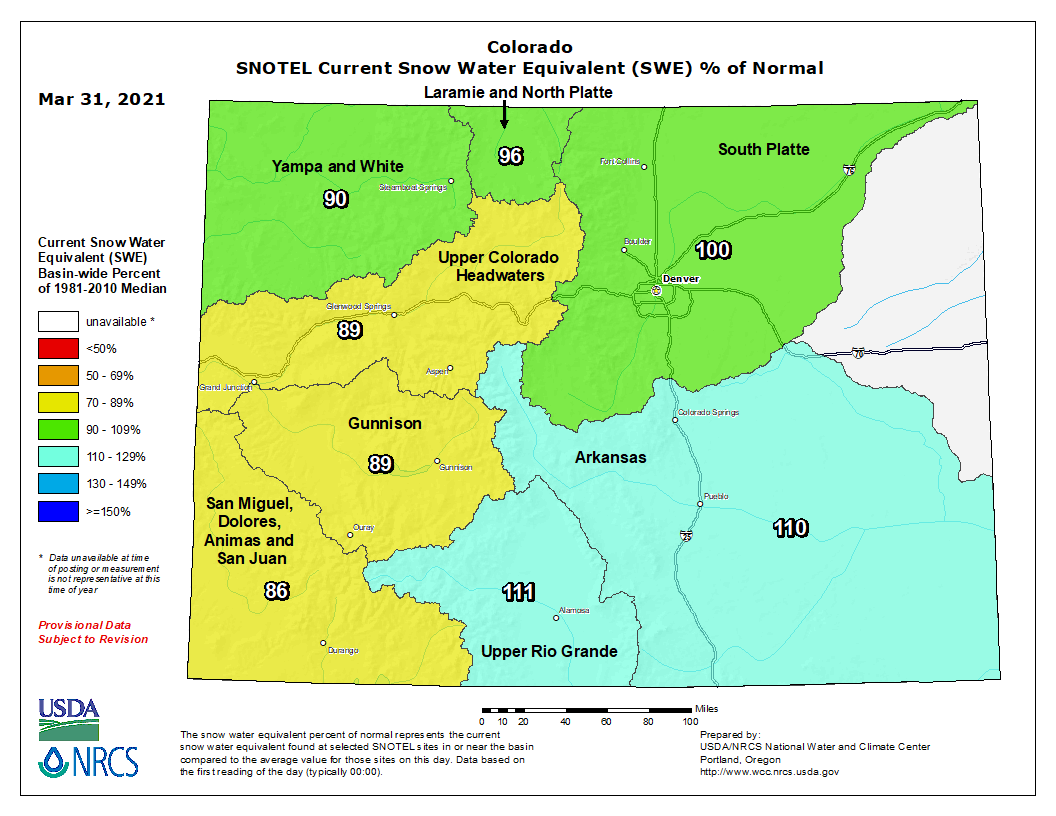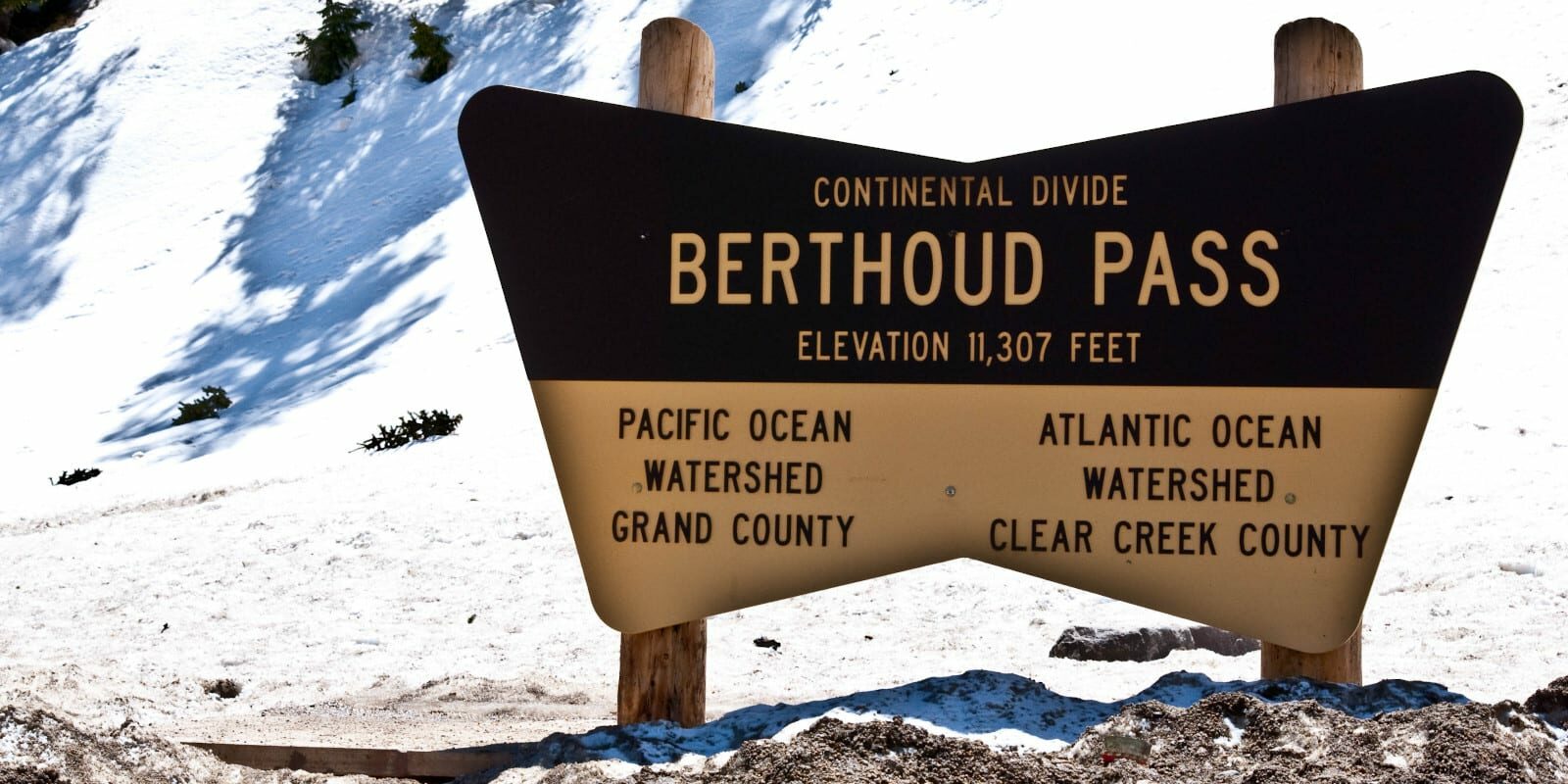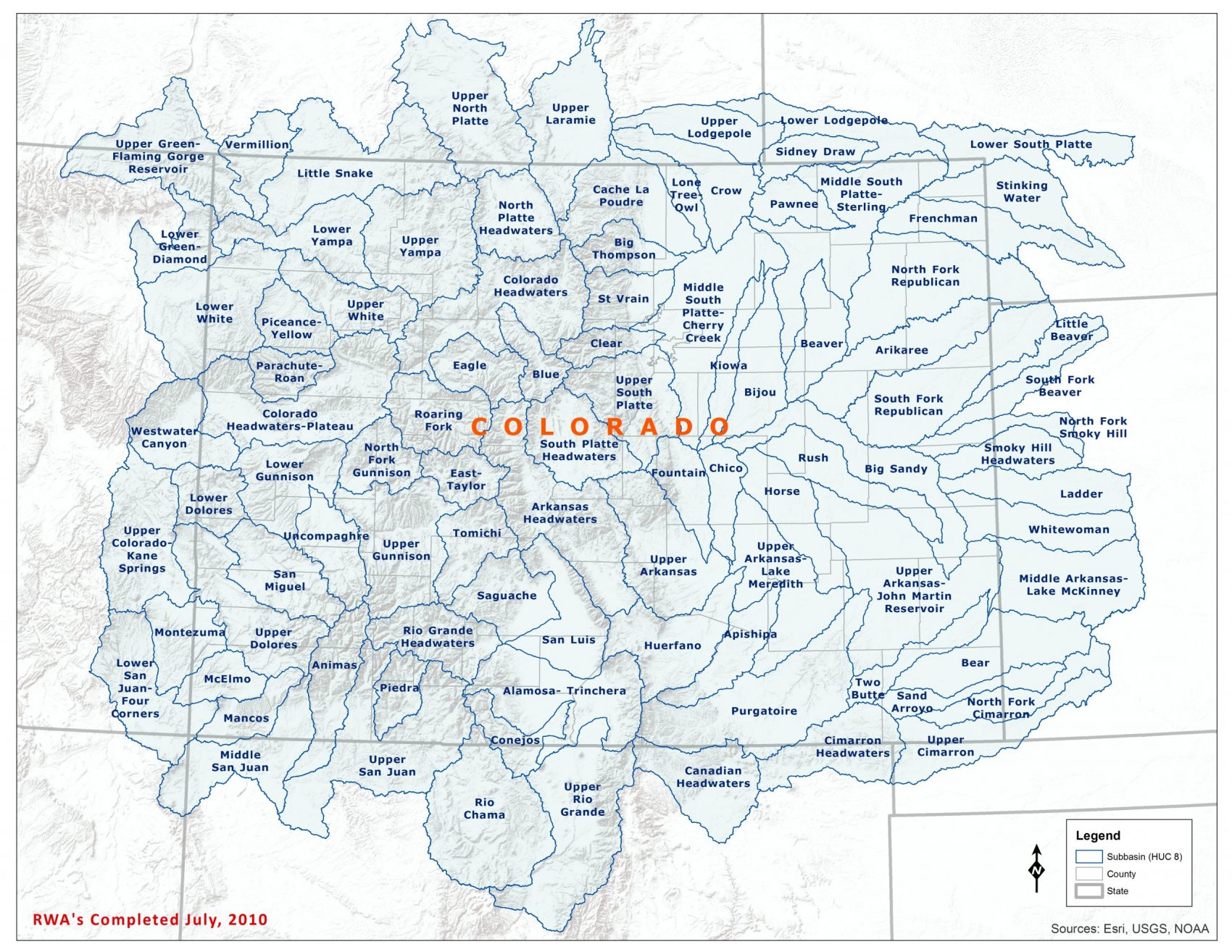
Each season resorts around the United States race to open with the help of snowmaking. Snowmaking has become an essential part of the industry – some ski areas couldn’t even operate without it. Until now, snowmaking has only been used in resorts. As part of solving the low snowpack, water, and drought issues, the state of Colorado will begin to make snow in the backcountry to boost its snowpack and water runoff.
This year, the snowpack is below-average to average. In future drought years, the system will help supply water around North America and keep water shortages to a minimum. The system allows the backcountry to act as a man-made frozen reservoir. This will allow snowmelt into river basins and other reservoirs to occur later into the summer.

The state is taking on a massive endeavor to install snowmaking systems on north-facing aspects in areas that hold significant portions of the state’s water. This spring, the state will begin installing snowmaking systems off of Berthoud Pass, a popular backcountry skiing area (and abandoned ski resort) near Winter Park, Colorado. By making snow on both sides of the Continental Divide on Berthoud Pass, both the Pacific Ocean Watershed and the Atlantic Ocean Watershed will reap the benefits. This will be the initial area, although the undertaking is estimated to take 8-10 summers to complete.

The project will be paid for under several different taxes. A percentage of Colorado’s marijuana tax will contribute to the project. Although, the project will be paid for primarily under Colorado’s new (as of 2019) sports betting law, HB19-1327. The law states:
“Concerning sports betting, and, in connection therewith, submitting to the registered electors of the state of Colorado a ballot measure authorizing the collection of a tax on the net proceeds of sports betting through licensed casinos, directing the revenues generated through collection of the sports betting tax to specified public purposes, including the state water plan through creation of the water plan implementation cash fund, and making an appropriation.”
Each snowmaking installment is estimated to cost between 2 and 3 million USD. The state hopes to install approximately 200 systems in essential water basins throughout the state. The total cost of the project is estimated to be between 400 and 600 million USD.

The state will strategically place snowmaking systems in the headwaters regions of the state. Different basins will have a variety of snowmaking systems. A combination of fan guns and air guns will be added to north-facing basins that run into major river basins. Water will be drawn from the ground and dependable water sources. Each system installed will help boost snowpack and runoff within each river basin.
Experts predict installing snowmaking in the backcountry will boost spring runoff by as much as 30% by 2030. That also means more areas to keep skiing late into the summer! The state and the National Park Service are considering if snowmaking should be installed in Rocky Mountain National Park to help restore and protect its glaciers.

This might be an April Fools post, but still a better idea than the proposed shuttle system on I-70 to reduce traffic.
April Fools????
Shh
Good to hear. I mean, the base needs to be increased, especially after this year, and especially in the backcountry. Ten to twenty feet is simply not enough snow.
One thing to worry about though: Yep, you guessed it, snow making avalanches. We lost several people due to the snow guns dumping that massive snowpack on those groomed trails. Yearly, many inbound skiers lives are threatened by avalanches due to snowmaking, especially on slopes even below 30 degree pitch, it’s so severe. The green trails are the most ready to release.
But I foresee an end to the Western draught from all this snowmaking. Maybe next for snowmaking technology will be the desert regions?